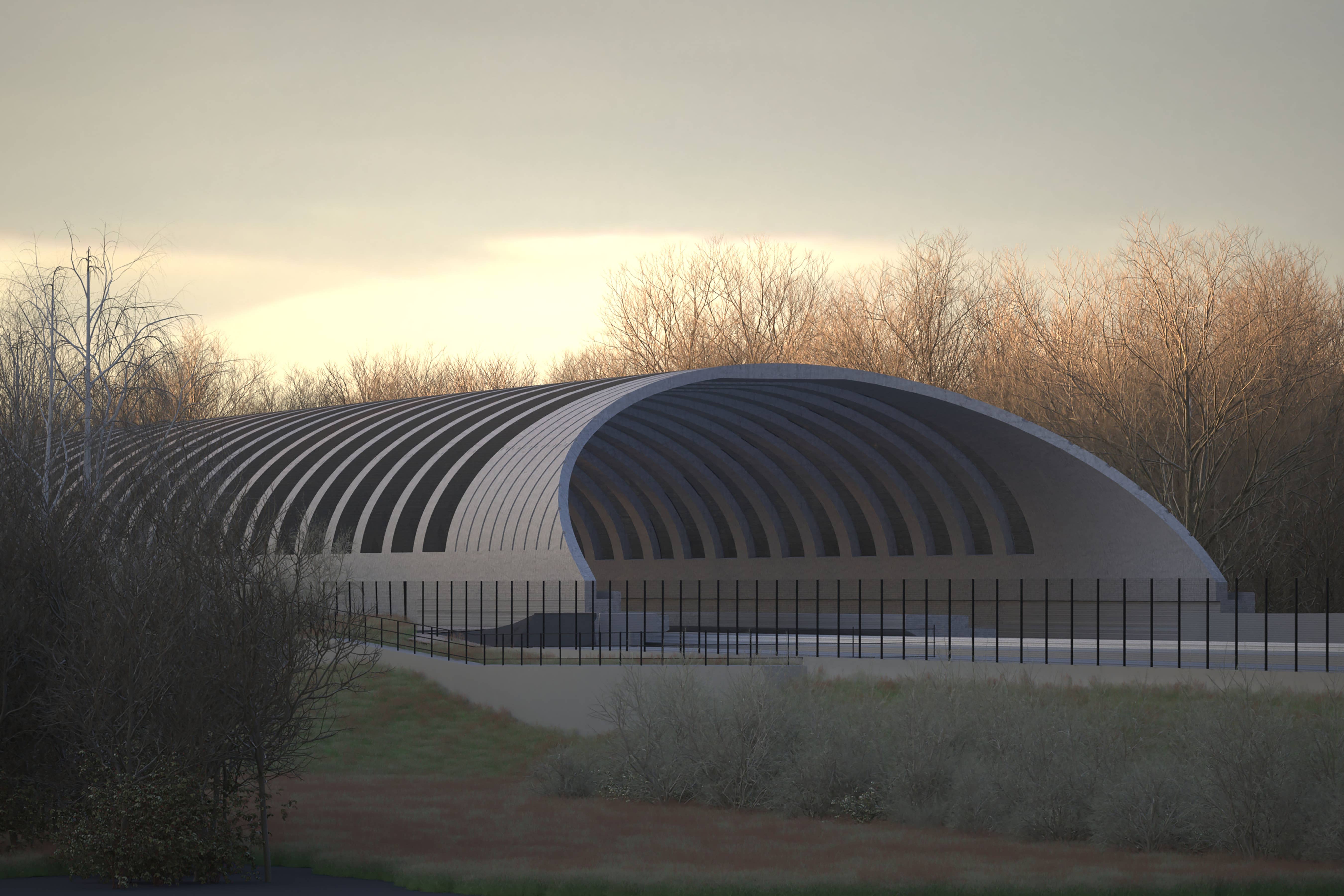HS2 Ltd spending more than £100m on bat ‘shed’, says chairman
Sir Jon Thompson said this is despite there being ‘no evidence that high-speed trains interfere with bats’.

Your support helps us to tell the story
From reproductive rights to climate change to Big Tech, The Independent is on the ground when the story is developing. Whether it's investigating the financials of Elon Musk's pro-Trump PAC or producing our latest documentary, 'The A Word', which shines a light on the American women fighting for reproductive rights, we know how important it is to parse out the facts from the messaging.
At such a critical moment in US history, we need reporters on the ground. Your donation allows us to keep sending journalists to speak to both sides of the story.
The Independent is trusted by Americans across the entire political spectrum. And unlike many other quality news outlets, we choose not to lock Americans out of our reporting and analysis with paywalls. We believe quality journalism should be available to everyone, paid for by those who can afford it.
Your support makes all the difference.HS2 Ltd is spending more than £100 million building a “shed” for bats, the chairman of the Government-owned company said.
Sir Jon Thompson told a rail industry conference the bat protection structure in Buckinghamshire is needed to appease Government adviser Natural England, despite there being “no evidence that high-speed trains interfere with bats”.
All bats are legally protected in the UK.
Sir Jon said: “We call it a shed. This shed, you’re not going to believe this, cost more than £100 million to protect the bats in this wood.”
People say you've gone over the budget, but did people think about the bats?
The curved structure will run for around one kilometre (0.6 miles) alongside Sheephouse Wood, creating a barrier allowing bats to cross above the high-speed railway without being affected by passing trains.
Other more expensive options, including a bored tunnel and re-routing the railway away from the wood, were considered during the passage of the High Speed Two (London to West Midlands) Act through Parliament.
After receiving the go ahead from Natural England for the design, HS2 Ltd was forced to spend “hundreds of thousands of pounds” on lawyers and environmental specialists because the local council did not approve the work, Sir Jon said.
“In the end I won the planning permission by going above Buckinghamshire Council’s head,” he explained.
Sir Jon claimed this is an example of the UK’s “genuine problem” with completing major infrastructure projects.
He told the Rail Industry Association’s annual conference in London that HS2 Ltd has been required to obtain 8,276 consents from other public bodies related to planning, transport and the environment to build phase one of the railway between the capital and Birmingham.
He said: “People say you’ve gone over the budget, but did people think about the bats (when setting the budget)?
“I’m being trite about it but I’m trying to illustrate one example of the 8,276 of these (consents).”
Natural England chief operating officer Oliver Harmar said: “Natural England is clear that development and nature must go hand in hand and is committed to making that happen. Natural England has not required HS2 to adopt this structure, nor advised on the design or cost. Our input has been to comment on whether the proposed mitigations will work. That is our duty under the Habitats Regulations.
“HS2 Ltd is required by legislation to avoid harm to the environment and it is for them to make choices, consider risks and factor in costs when deciding how to do this, whether by avoiding species and sites protected for nature or by investing in mitigation to limit harm where the route passes through sensitive sites.”
Sir Jon, who has led the project since Mark Thurston left his role as chief executive in September 2023, warned in January that the estimated cost for phase one has soared to as much as £66.6 billion.
In 2013, HS2 was estimated to cost £37.5 billion (in 2009 prices) for the entire planned network, including now-scrapped extensions from Birmingham to both Manchester and Leeds.